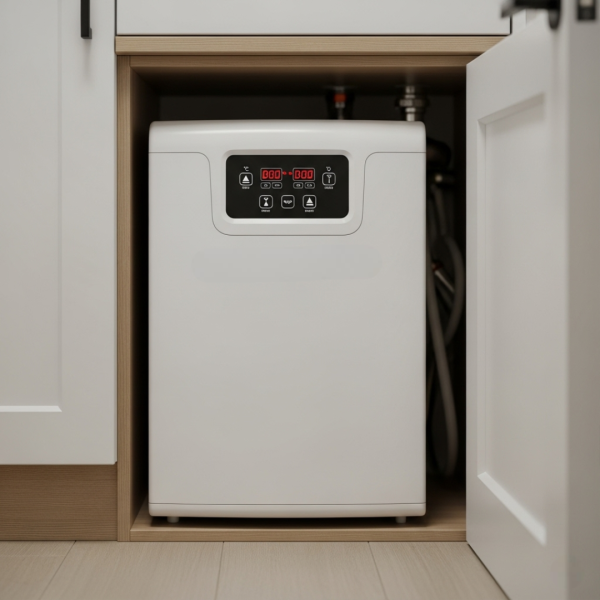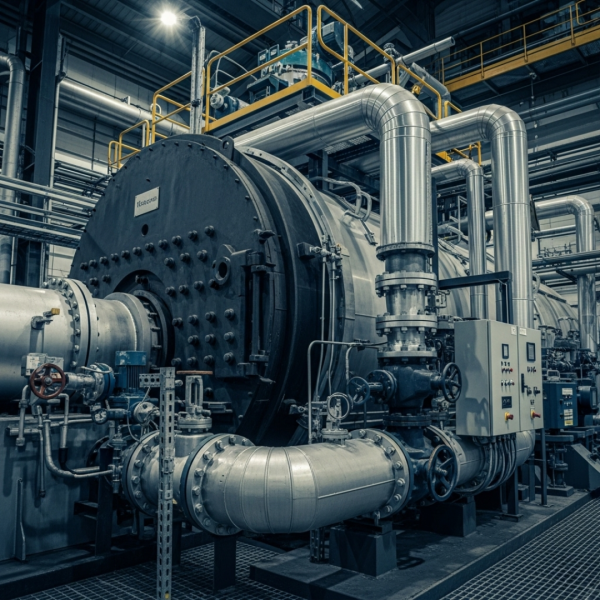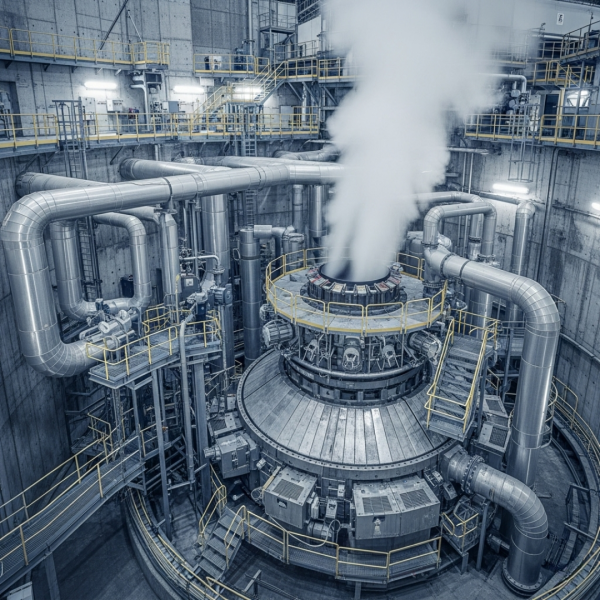What Is a Steam Generator? A Beginner’s Guide
If you’ve ever wondered what is a steam generator or how it works, you’re not alone. Steam generators are vital in various industries and even in homes, yet many people don’t fully understand their purpose. This beginner’s guide will walk you through the basics of steam generators, their functions, types, and applications all in simple, easy-to-understand terms.
What Is a Steam Generator?
A steam generator is a device that heats water to produce steam. Unlike traditional boilers, which are typically large and bulky, steam generators are compact, efficient, and often quicker in operation. They are commonly used in industries such as power generation, pharmaceuticals, food processing, and even in spa and wellness applications like steam baths and saunas.
How Does a Steam Generator Work?
Steam generators operate on a straightforward principle: heat water until it turns into steam. Here’s a simplified breakdown of the process:
- Water Input – Water is supplied to the generator, either from a tank or a continuous feed system.
- Heating Element – The water flows through or around a heating element, which raises the water temperature rapidly.
- Steam Output – Once the water reaches boiling point (100°C or 212°F), it turns into steam, which is then released through an outlet for use.
Some modern steam generators come with advanced controls, safety features, and efficiency settings to ensure optimal performance.
Steam Generator vs. Boiler: What’s the Difference?
Though often confused, a steam generator is different from a boiler in several ways:
- Size & Design: Steam generators are typically smaller and more compact than boilers.
- Startup Time: Steam generators can produce steam more quickly, often in minutes.
- Pressure Levels: Boilers tend to operate at higher pressures and capacities, making them more suitable for heavy-duty industrial use.
- Maintenance: Steam generators generally require less maintenance and are easier to install.
Understanding these differences helps in choosing the right system for your needs.
Common Types of Steam Generators
Steam generators come in various designs depending on their use:
1. Electric Steam Generators – Ideal for small-scale or residential use. These are energy-efficient and easy to operate.

2. Oil or Gas-Fired Steam Generators – Common in industrial settings where high volumes of steam are needed.

3. Nuclear Steam Generators – Used in nuclear power plants to convert water into steam using the heat from nuclear reactions.

Each type has its own pros and cons, and the choice depends on your specific application and budget.
Applications of Steam Generators
Steam generators are incredibly versatile. Here are some popular applications:
- Power Plants: To drive turbines for electricity production.
- Hospitals & Laboratories: For sterilization of equipment and instruments.
- Food Industry: In cooking, pasteurization, and cleaning processes.
- Textile Manufacturing: For dyeing and finishing fabrics.
- Spas & Wellness Centers: In steam rooms and therapeutic treatments.
Whether it’s for industrial or personal use, steam generators provide a clean, consistent source of heat and moisture.
Benefits of Using a Steam Generator
- Energy Efficiency: Modern steam generators consume less fuel and water.
- Space-Saving: Their compact size makes them suitable for limited spaces.
- Fast Steam Production: Great for on-demand steam needs.
- Lower Maintenance: Fewer moving parts mean fewer breakdowns.
These benefits make steam generators a practical choice for many businesses and homeowners.
To sum it up, what is a steam generator? It’s an efficient, compact device that produces steam quickly and reliably for a wide range of uses. Whether you’re looking to upgrade your facility’s heating system or add a steam feature to your spa, understanding steam generators is the first step. For expert installation, service, and advice, trust Benner Plumbing & Heating Ltd., your reliable partner in steam and heating solutions.
